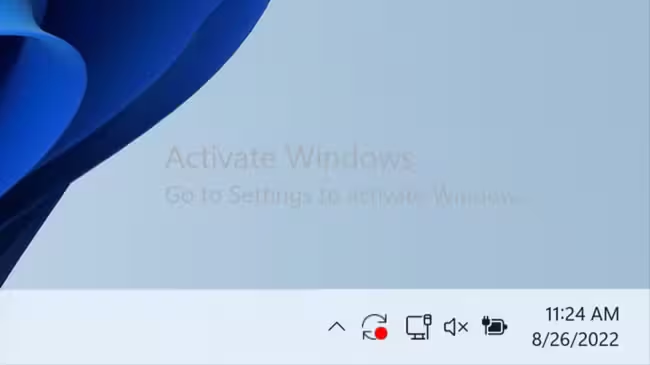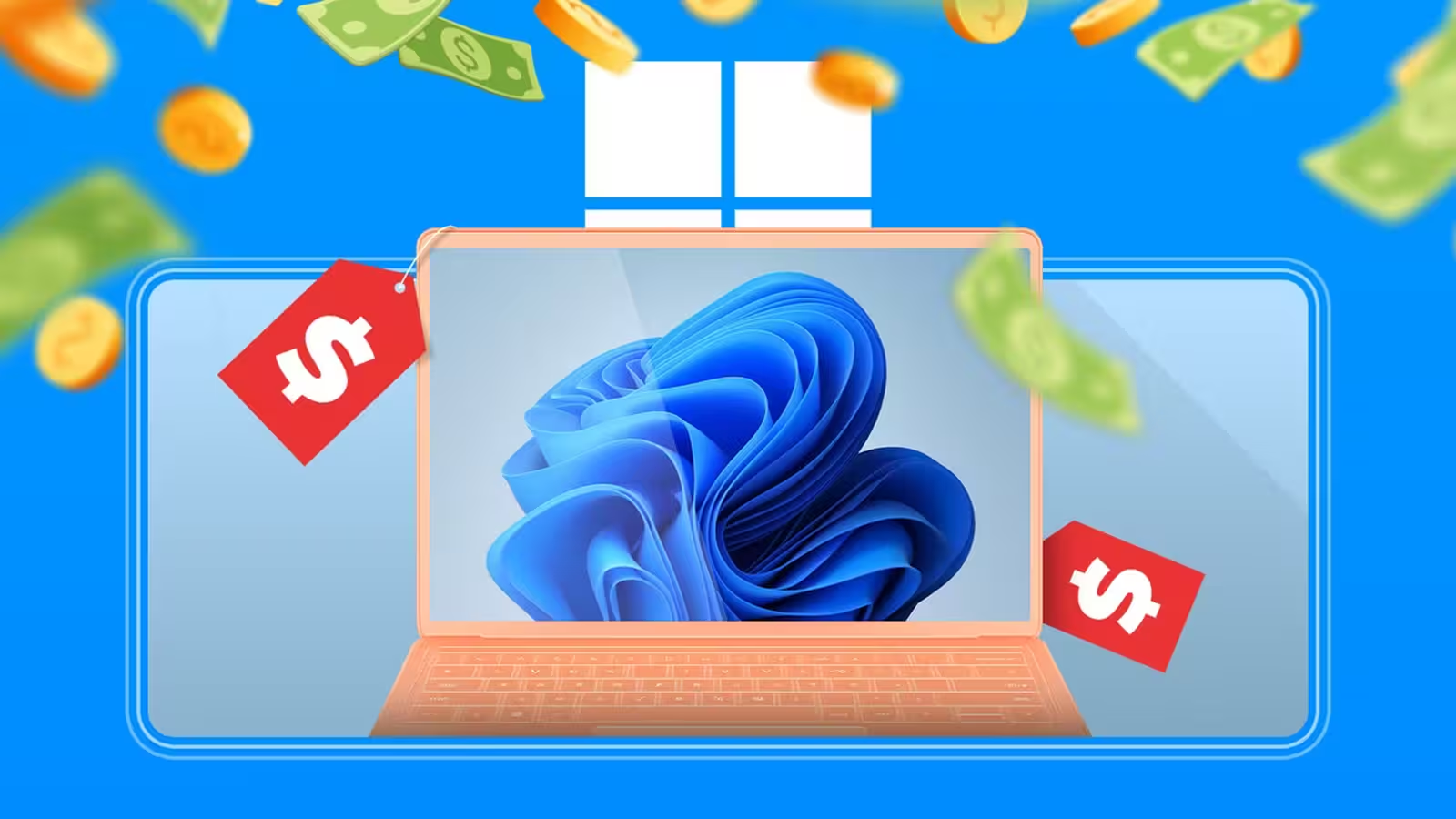7 Minutes
Is It Time for Windows to Go Free? Examining the World's Leading Operating System
Windows has long reigned as the global leader among operating systems, powering the vast majority of desktop computers, laptops, and even a growing number of handheld devices. Over several decades, Microsoft’s flagship software became not just synonymous with personal computing but also a linchpin in the company’s extraordinary profitability and market influence. Yet, in a rapidly evolving tech landscape, the question persists: why does Windows still cost money – and is that model sustainable for the future of computing?
Why the Economics of Windows Matter More Than Ever
For many, the idea of paying for Windows seems logical – after all, software development takes significant investment. However, the landscape has shifted dramatically since the days when Windows held a virtual monopoly. In today’s competitive market, consumers have more choices than ever before, and the cost of an operating system can significantly impact purchasing decisions, especially at the lower end of the market.
The Hidden Cost on Budget Devices
When purchasing a laptop or PC under $1000, the price of a Windows license often represents a substantial portion of the overall cost. Compared to devices preloaded with Linux, Windows machines can sometimes carry a premium of $100 or more. As more users are made aware of this difference – and that modern Linux distributions or macOS alternatives can meet most everyday needs – the incentive to choose a more affordable OS grows stronger.
Comparing Windows, Linux, and macOS: What Truly Costs Money?
It’s worth noting that both macOS and Linux are perceived as “free” operating systems, but their underlying economics differ:
- macOS: Bundled for free with Apple hardware, macOS isn’t sold as a standalone product. Apple’s business model centers on hardware sales, with the operating system adding considerable value for customers out-of-the-box.
- Linux: Open-source and community-driven, Linux comes at no direct cost to end users. Yet, its development relies on the dedication and expertise of a vast network of contributors—some working pro bono, others funded by corporations like Valve or Red Hat. Innovation is often driven by collective needs, and improvements benefit all stakeholders, even though the software itself remains zero-cost at the point of use.
What is clear is that all operating systems require significant ongoing investment in research, development, and support. However, charging consumers directly for the operating system is no longer the only way to recuperate these costs.
The Many Ways Windows Is Already Free
Ironically, Microsoft has subtly shifted its approach to Windows licensing over the past few years. Today, anyone can download Windows 11 directly from Microsoft’s official website and perform a clean installation on virtually any compatible PC, even without entering a product key.

This "unactivated" version of Windows is nearly fully functional – users receive regular updates and access to essential features. Outside of some cosmetic and minor customization restrictions, the average consumer pays nothing to use Windows, especially for non-primary use cases like media servers or secondary setups.
This strategy underscores Microsoft’s realization that distributing Windows as widely as possible is more valuable in the long run, since revenue can be generated through app sales, subscriptions (like Microsoft 365), and integrated services rather than core license sales alone.
From Product to Platform: How Revenue Streams Have Changed
Historically, owning a physical copy of Windows (think the famous stacks of Windows 95 floppy disks) was essential for any PC user. Today, the majority of computing takes place online, with browsers serving as the main interface for productivity, entertainment, and communication platforms. Many popular tools and apps are now web-based or cross-platform, often rendering the specific choice of operating system less relevant.
Gaming Is No Longer Windows’ Saving Grace
Even the domain of PC gaming, once tightly bound to Windows due to DirectX and exclusive titles, is opening up. Robust compatibility layers, like Proton and Wine, now allow users to run Windows games efficiently on Linux-based systems and even outperform their native Windows benchmarks in some cases. As the exclusive advantages of Windows shrink, Microsoft must find new ways to add value and incentivize users to stay loyal.
Why Laptops and Handheld PCs Could Benefit Most from a Free Windows
For enterprise customers and high-end PC builders, Windows licensing fees are often a negligible expense in the context of larger budgets. But for mainstream users considering devices priced around $500 to $700 – the fastest-growing segment globally – even a modest Windows license can represent a significant barrier. As a result, device manufacturers are increasingly looking to Linux or ChromeOS to keep costs low and appeal to value-conscious buyers.
Windows as a Service: Redefining the OS Experience
The business model for operating systems has evolved. For example, Valve’s Steam Deck relies on Linux to power its handheld gaming platform. Meanwhile, Windows 11 serves as a gateway for Microsoft to promote its ecosystem—apps, subscriptions, cloud services, and even advertising—providing multiple revenue streams beyond direct licensing.
For users, paying for an OS that is ultimately a delivery vehicle for more monetized services feels increasingly outdated. The real value lies in the broader ecosystem and the seamless experience provided, rather than the initial software price tag.
Features and Product Comparisons: Windows vs. the Competition
- Compatibility: Windows still boasts unparalleled compatibility with legacy desktop applications, gaming, and enterprise deployments.
- Hardware Integration: macOS delivers class-leading performance and optimization thanks to Apple’s tight hardware-software integration, but only on Apple devices.
- Openness and Customization: Linux stands out for its flexibility, open-source architecture, and passionate community, making it ideal for tinkerers and developers.
However, with web standards and cross-platform applications narrowing the gap, the decision increasingly comes down to cost, preferred workflow, and vendor lock-in rather than unique features of the OS itself.
Use Cases and Market Relevance: Where Windows Shines… and Where It Lags
In sectors like banking, engineering, and enterprise IT, legacy Windows compatibility remains essential. In education and budget consumer electronics, however, ChromeOS and Linux have become compelling alternatives due to zero-cost licensing and lower hardware requirements. For gamers, Windows still provides the most straightforward setup, but new developments suggest Linux and cloud streaming services will soon diminish that edge.
The Road Ahead: Should Microsoft Make Windows Free?
The world of consumer software is shifting—from outright purchases to recurring payments, bundled services, and ad-supported models. Microsoft stands at a crossroads. If it continues to charge a premium for Windows licenses, it risks driving hardware partners and cost-sensitive consumers toward free alternatives. By making Windows a truly free platform for everyday consumers, Microsoft could ensure its OS remains dominant as the foundation for its broader ecosystem—while generating revenue through value-added services, enterprise support, and app sales.
As history has shown with companies like Nokia and Intel, tech landscapes can change quickly and often without warning. For Microsoft, proactively embracing a free Windows model may be the best way to remain indispensable in a world where the operating system is simply a stepping stone to everything else we do online.
Conclusion: The Future of the Operating System Is Free—and Connected
While the cost of developing and supporting a world-class OS like Windows is enormous, the true value now resides in the platforms, services, and experiences it enables. For most users, the operating system should be invisible—secure, seamless, and free—which not only enhances user choice but also strengthens Microsoft’s ecosystem in the age of cloud computing and digital transformation. The time may be right for Windows to drop its consumer price tag, setting the stage for an even more interconnected and innovative digital future.
Source: howtogeek



Comments